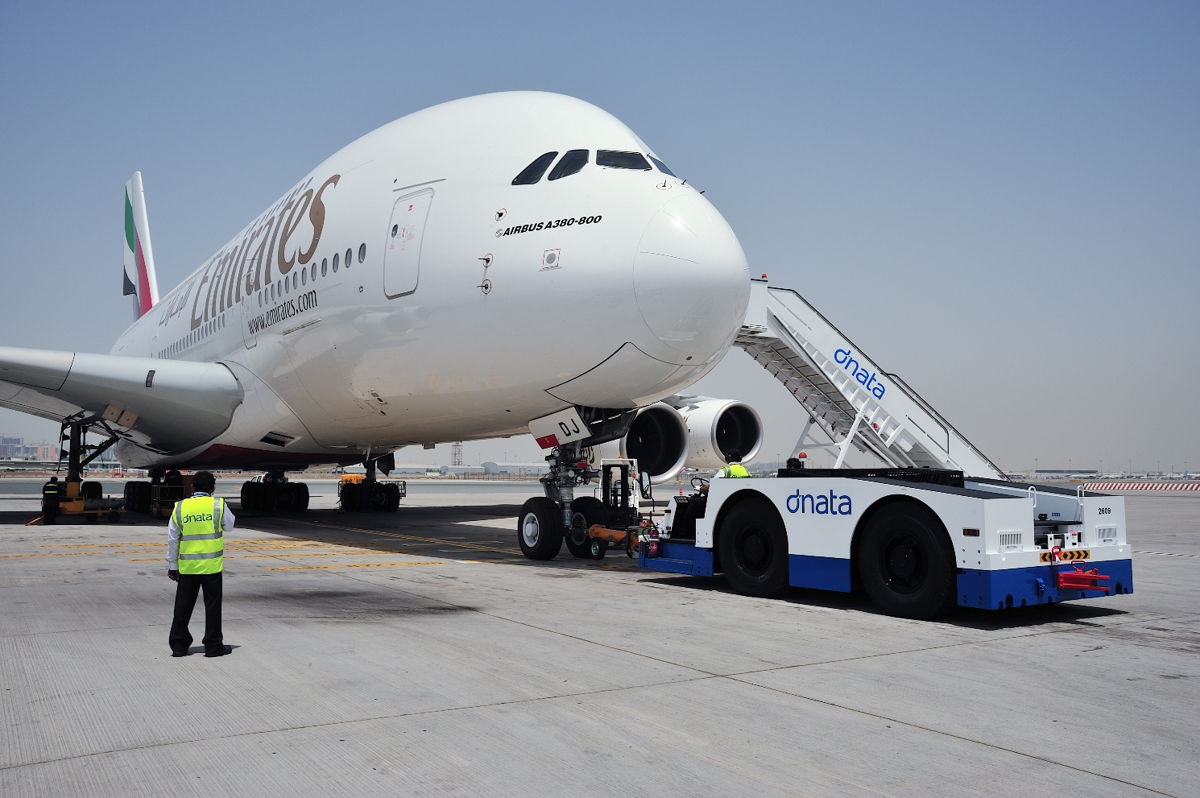Higher fuel prices and cheap fares helped drive an 86 percent slump in Dubai-based Emirates’ first-half net profit as management warned it also faces a tough second half.
The airline recorded a net profit of $US62 million in the first half of 2018-19 despite a 10 percent increase in revenue to $US13.3 billion. Passenger numbers rose by 3 percent to 30.1 million compared to the same period last year.
The airline limited capacity growth as measured in available seat kilometres to 4 percent while passenger traffic in revenue seat kilometres grew by 6 percent. This pushed up the passenger seat factor from 77.2 percent to 78.8 percent and cargo volume remained unchanged.
READ: The world’s best airlines for 2019
But the airline’s operating costs grew by 13 percent compared to last year with fuel expenses up 42 percent due partly to increased uplift but mostly to higher prices.
The overall Emirates Group results benefited from a one-time transaction in aviation services and logistics unit dnata, which recorded a 31 percent in profit to $US235m, but still saw its profit drop by 53 percent to $US296 million.
Emirates chairman and chief executive Sheikh Ahmed bin Saeed Al Maktoum said demand for the group’s high-quality products and services remained healthy as it won new and return customers across its businesses.
“However, the high fuel cost as well as currency devaluations in markets like India, Brazil, Angola and Iran, wiped approximately AED 4.6 billion from our profits,’’ he said.
“We are proactively managing the myriad challenges faced by the airline and travel industry, including the relentless downward pressure on yields, and uncertain economic and political realities in our region and in other parts of the world.
“We are keeping a tight rein on controllable costs and will continue to drive efficiency improvement through the implementation of new technology and business processes.
“The next six months will be tough, but the Emirates Group’s foundations remain strong.”
The Emirates boss said he was pleased to see the airline’s Dubai hub continued to attract travelers with 9 percent more customers enjoying the destination in the first half.
Emirates received eight wide-body aircraft in the first half — three Airbus A380s, and five Boeing 777s — and has five new aircraft due before the end of the financial year.
It also retired seven older aircraft from its fleet with a further four to be returned by March 31, 2019.
New services in the first half included flights to Stansted (UK) and Santiago (Chile) as well as well as a new linked service from Dubai via Bali to Auckland.
As of 30 September, Emirates’ global network spanned 161 destinations in 85 countries while its fleet stood at 269 aircraft, including freighters.
It said it had also further developed its partnership with flydubai during the half to better leverage the airlines’ complementary networks.
























